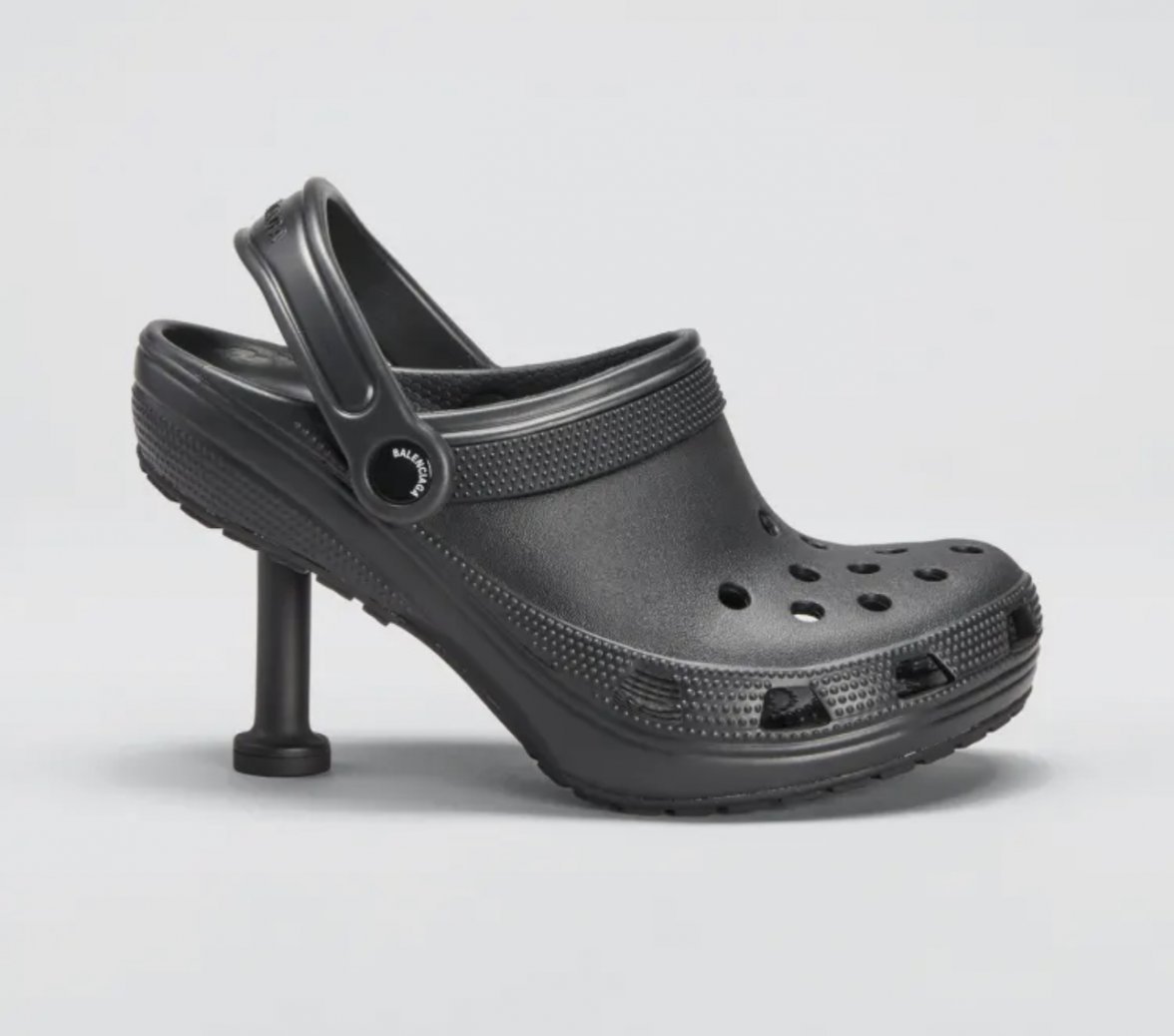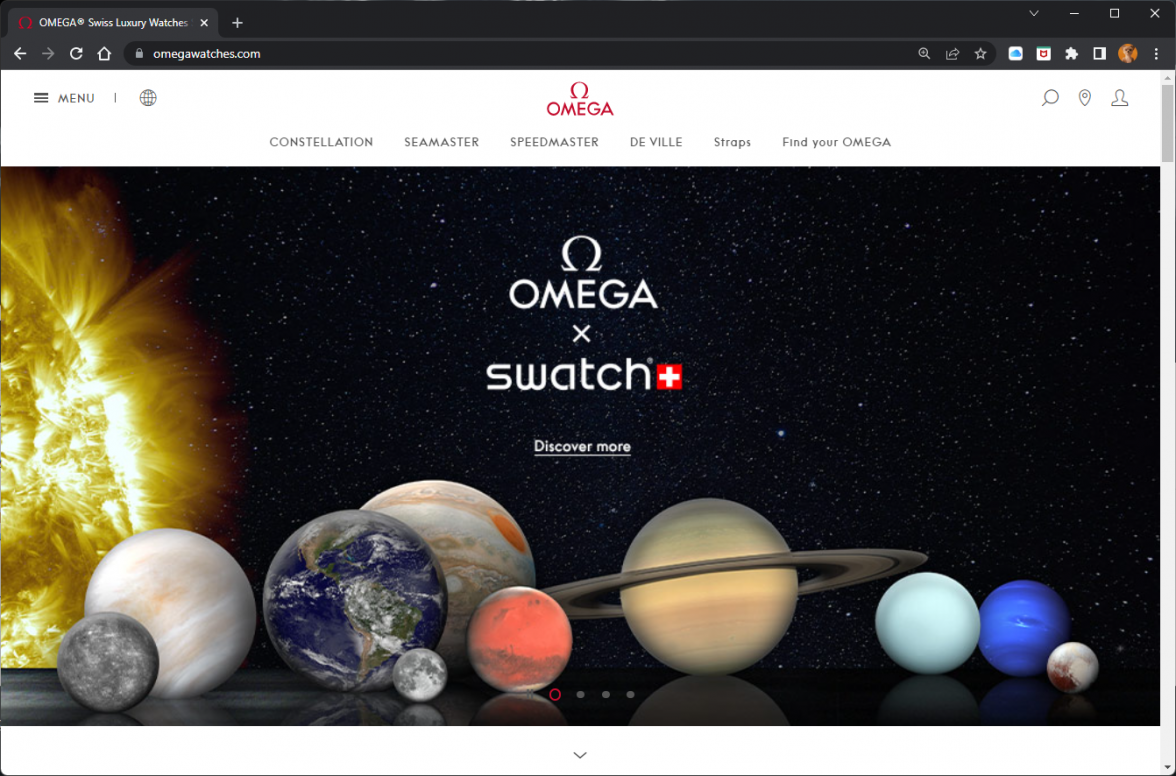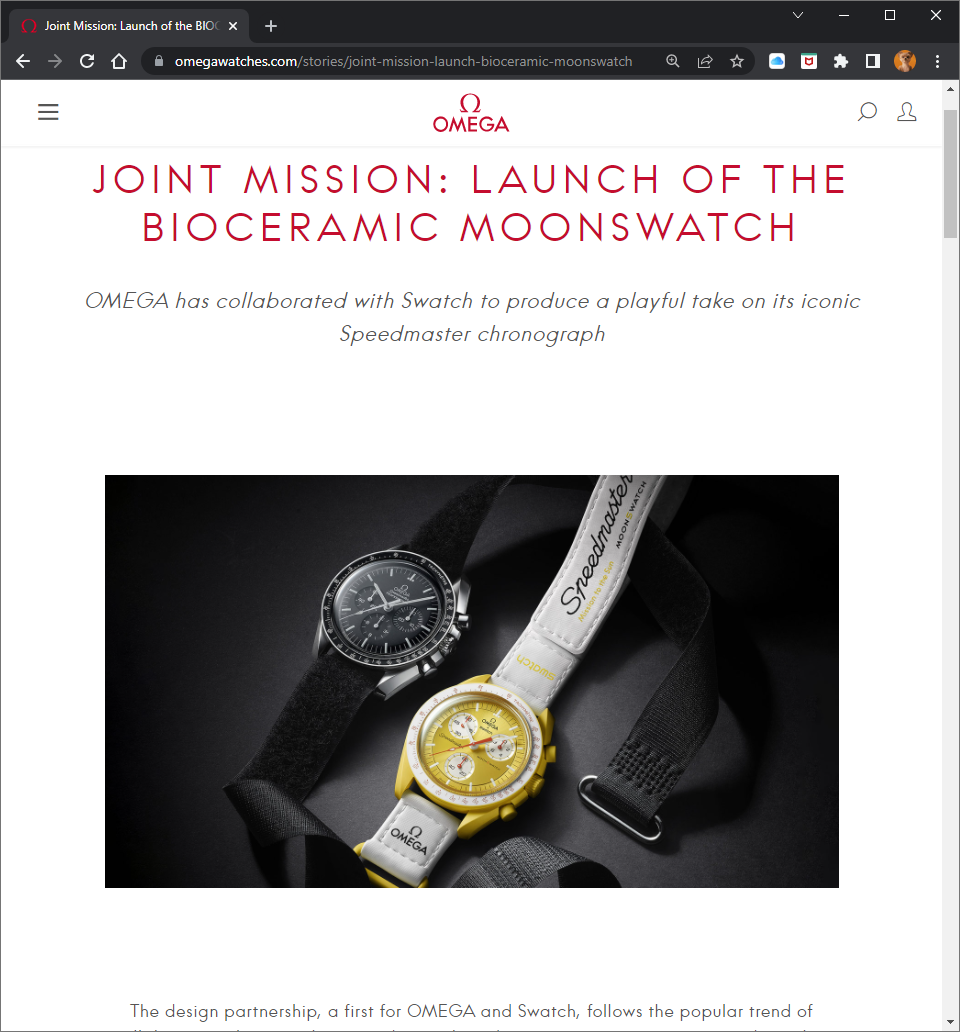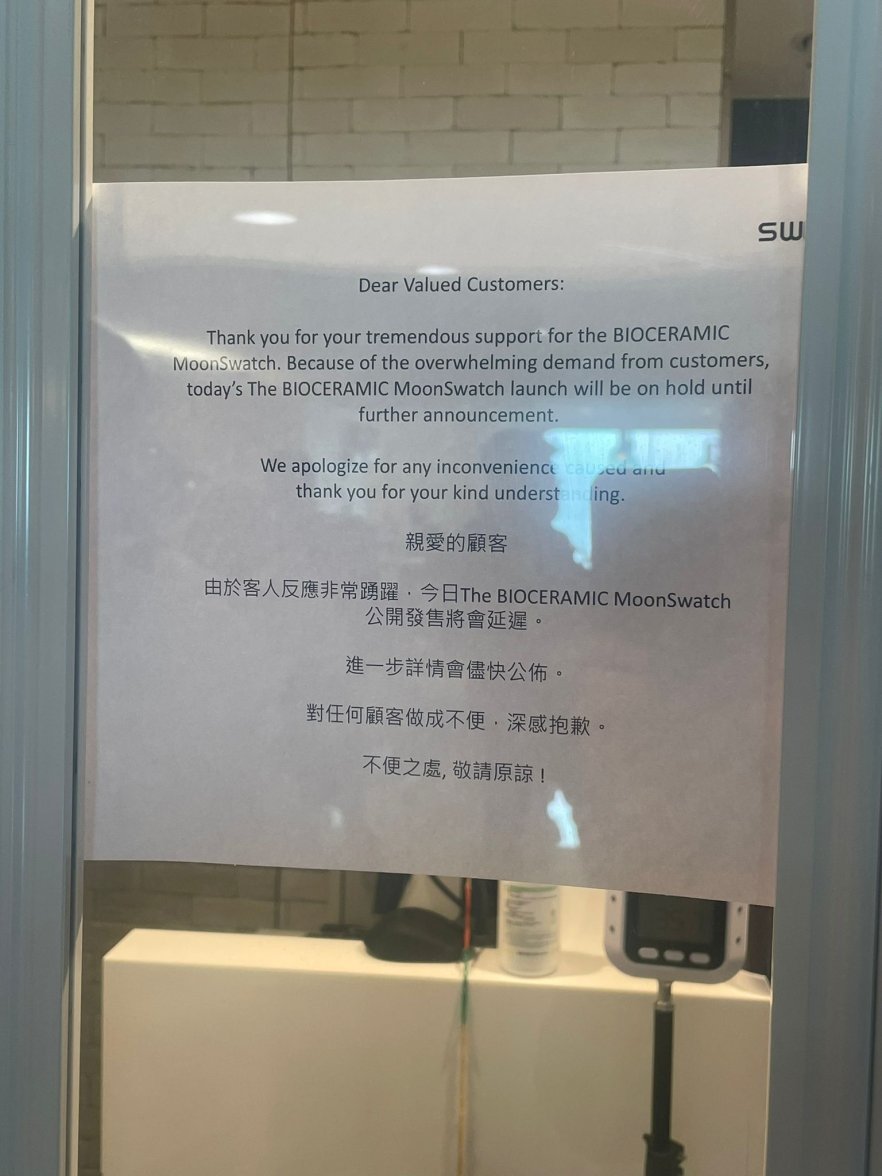Au contraire! There are many corporations with different brands representing various overlapping product offerings with distinct price/value points. All of the top tier auto-companies:
That’s not what you said, though.
You said:
Note: a low tier co-branding with a high tier in the same corporation within the same product line is very different from almost all co-labs people are using to defend this effort.
I get that for whatever reason
you are fixated on the automobile industry, but there is a flotilla of obvious reasons automobile companies aren’t doing co-branded “collaboration” vehicles from scratch, whether across or within a corporate family.
The comparison collaborations of more relevance here are in the luxury
apparel segment where (unlike autos) high-low collaborations such as this are the norm (as are even competitor-collaborations). Watches are
in the apparel segment, not the vehicle segment.
So back to the comparison within an actually analogous product segment: there are few (any?) luxury
apparel conglomerates that contain under the same umbrella
both (1) the brand range and (2) the conceptual brand fit necessary for an inter-conglomerate high-low collaboration.
Look under Richmont’s or LVMH’s umbrellas and it’s hard to identify the analogous high-low like Omega-Swatch, and even harder to imagine a collaboration that could make any sense.
Perhaps we differ in that you consider Swatch a comparable 'luxury' brand to Omega, and I do not. I see them as the same product, with distinctly different pricing levels.
Huh?
I was speaking of “Swatch Group” - the luxury conglomerate parent corporation of both Swatch (Watch) and Omega.
Maybe you buy into
@ConElPueblo 's argument that Omega and Swatch are different like lingerie and cheese. I tend to think they're more akin to the difference between lingerie and basic undies...
I think your quip indirectly gets at the glitch here. You keep treating as the only relevant thing to be whether two brands sell the same
commodity (i.e., a “vehicle,” or a “watch”). Viewed as a
commodity a wrist watch is a thing that tells time. So in your view, it seems, since Swatch and Omega are selling the same
commodity, they are in a shared segment. Lingerie and
undies.
I didn’t quite catch what segment/industry you
are in, but it seems increasingly likely it is
not luxury product and branding. Because luxury brands don’t actually sell
commodities they sell branding and - let’s call it to be generous - experiences.
Note that for a long time now
nobody actually needs (1) a wrist watch to tell time, or (2) multiple watches to tell multiple times, or (3) much less a $100,000 watch to tell the time.
Just the same, if someone “needs” a pair of shoes, it need not be a limited edition Nike, and damn sure doesn’t need to be this, for $700 (Balenciaga X Crocs):
You’re nominally correct in an irrelevant way that both swatch and Omega produce watches, but the nature of their businesses - what they’re
actually selling and to
whom and for what
reasons - may as well be lingerie and
cheese.
If I’m in the desert naked and afraid, I need shoes the
commodity.
If I’m instead in a shopping mall with new shoes on and 10 pairs at home, I don’t need shoes the commodity. What makes me stand in a line for 2 days to buy the Balenciaga X Crocs pump has nothing to do with the commodity.
Similarly, what makes me walk into a Swatch (watch) boutique vs an Omega boutique - as it turns out - also has effectively nothing to do with needing to know the time.






